THIS Iconic Painting Has Been Seen By Millions But No One Noticed This UNTHINKABLE Surprise For Over 100 Years!
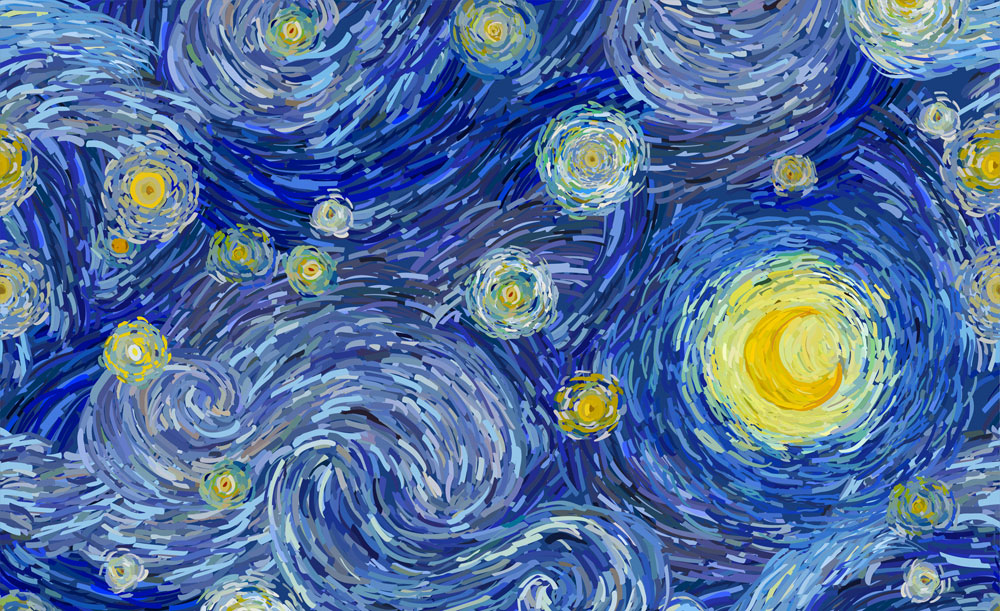
image via: shutterstock.com
Turbulence is what you don’t want to experience when flying on a plane. It spills your drink, fills you with dread, and makes you feel like the plane is going to drop out the sky. The bumpy, sometimes violent, effect it has on an aircraft can easily injure a person and on many occasions its made passengers so nauseous they end up using those handy little barf bags.
What usually causes the type of turbulence we are used to is the meeting of two separate air masses which are moving at completely different speeds. Air flows in river-like streams, like the jet stream, which are often thousands of miles long but only a few miles wide and deep.
When two different air mass flows meet, they interact and collide chaotically, which causes turbulence. That is the most basic, simplified explanation of it, but in mathematical terms the concept is much more difficult to grasp or wrap our minds around. In fact, it’s so complicated and obscure that it remains partially a mystery.
In as recently as July of 2006 the highly esteemed science journal Nature published an article online titled Van Gogh painted perfect turbulence. The report said that the principle of turbulence is still not completely understood and some of the world’s brightest minds “have considered the problem harder than quantum mechanics.”
Such a claim puts its level of difficulty into perspective and is why scientists have turned to art in order to better demonstrate and model what turbulence looks like. What is immediately evident about the mathematical scientific illustration of turbulence is the high degree of similarity it shares with Vincent Van Gogh’s world renowned masterpiece, “Starry Night.” Van Gogh painted his most iconic work over 125 years ago in 1889.
Back then no one knew much about turbulence, especially not a little known artist who was suffering from psychotic episodes and hallucinations. Even so, Van Gogh managed to perfectly capture the visual appearance of turbulence which can be seen in the swirling eddies and dark and light patterns he painted with his brushstroke.
Researchers examined his paintings and found that they were incredibly accurate mathematically, check out the video for how they measured them and the fascinating explanation behind it all.
In the end, it can be said that perhaps there is more that can be learned from the turbulent mind of one of history’s most famous artistic geniuses.
Please Share This Story With Family and Friends
This Guy Places Glow In The Dark Hot Glue Into A Mold. The Final Results Are Priceless!
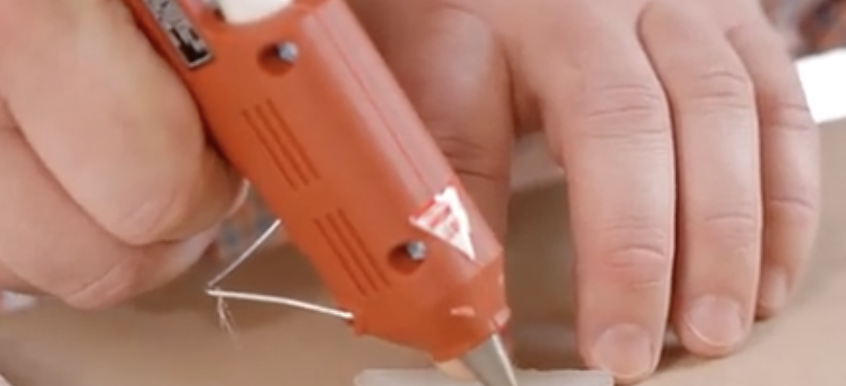
Growing up as a kid I remember my sister and a bunch of my friends had those awesome glow in the dark stars attached to their ceilings. At night time, their rooms would turn into magical universes and I would get lost in my own imagination staring up at their celestial universe ceiling.
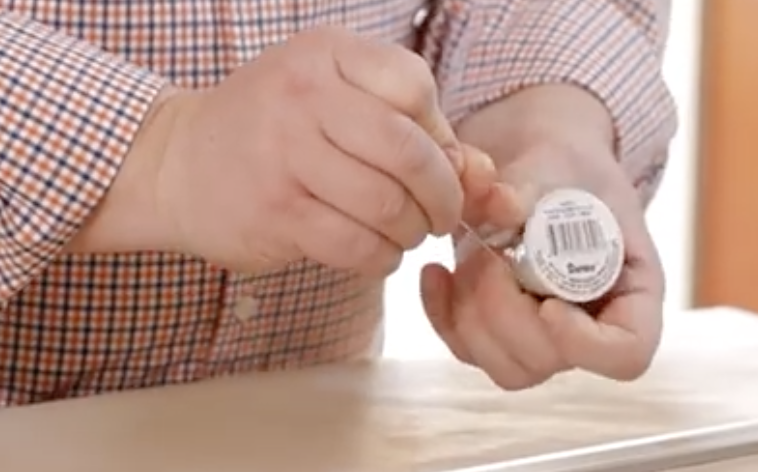
Meet Robert a crafts expert who’s creativity is constantly inspiring us. In the video below he uses hot glue which happens to be glow in the dark, a mold, thread, and some wire to create your very own constellation decor. Whether you are kid or an adult this glow in the dark constellation project is something you can do easily with amazing results.
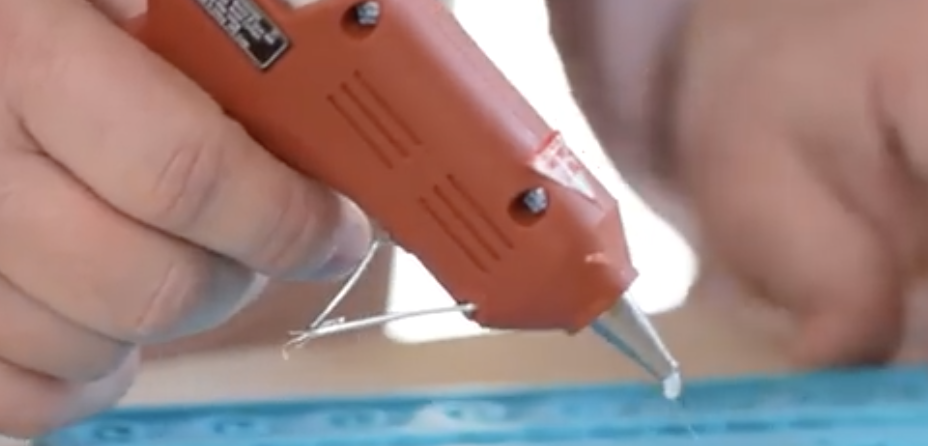
Under the guidance of Robert in the video below, you will be creating your own mini universes in no time. When you are finished you are going to want to place them in a spot that gets light during the day, so that at night they will glow for hours.
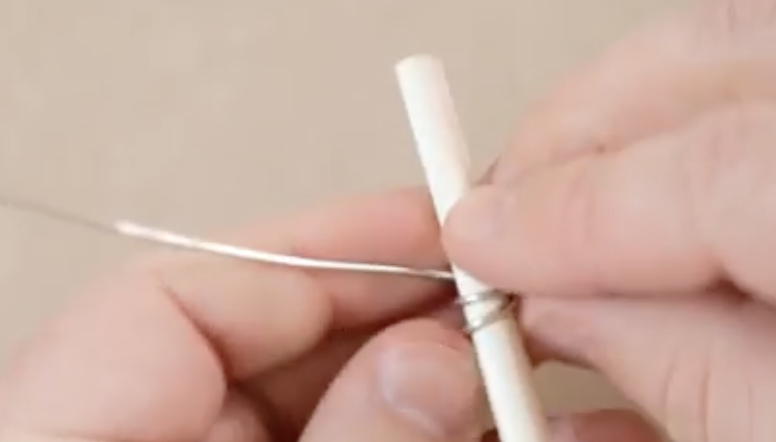
If you want, you don’t even have to use the space theme at all. You can use different molds, to create your very own unique glow in the dark projects. For instance, you could use animal molds and create a glow in the dark jungle, or you could use flower molds and make a glow in the dark garden. The possibilities are endless! I can’t wait to try this out! 🙂
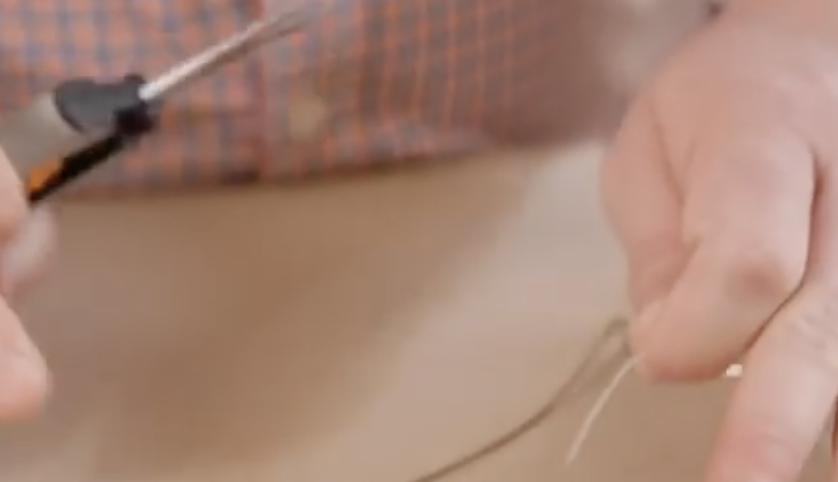
Please Share This With Family and Friends




